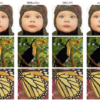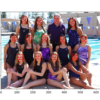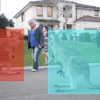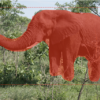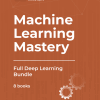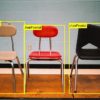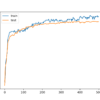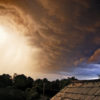A Generative Adversarial Network, or GAN, is a type of neural network architecture for generative modeling. Generative modeling involves using a model to generate new examples that plausibly come from an existing distribution of samples, such as generating new photographs that are similar but specifically different from a dataset of existing photographs. A GAN is […]
